Directions (1-5): The following questions are accompanied by two statements (I) and statement (II). You have to determine which statements(s) is/are sufficient/necessary to answer the questions given below.
(a) Statement (I) alone is sufficient to answer the question but statement (II) alone is not sufficient to answer the question.
(b) Statement (II) alone is sufficient to answer the question but statement (I) alone is not sufficient to answer the question.
(c) Both the statements taken together are necessary to answer the question, but neither of the statements alone is sufficient to answer the question.
(d) Either statement (I) or statement (II) by itself is sufficient to answer the question.
(e) Statements (I) and (II) taken together are not sufficient to answer the question.
Q1. Curved surface area of a canonical box is 136π cm². Find the volume of the canonical box?
I. Slant height of the canonical Box is 17 cm.
II. Area of the base of canonical box is 64π cm².

Q3. Speed of train-A is 20% more than the speed of train-B and length of train-A is 120m more than length of train-B. find the Speed of train-A?
I. If train-A crosses a pole in 18 sec and train-B crosses the same pole in 72/5 sec.
II. If both trains passed each other in 180 sec while moving in opposite direction.
Q4. A shopkeeper marks price of an article 40% above its cost price and gives a discount of r% on it. Find r?
I. If cost price of the article is Rs. 2500.
II. If selling price of the article is Rs. 300 more than the cost price of the article.
Q5. A bag contains x red balls, y blue balls and 10 green balls. Find the total number of red and blue balls in the bag?
I. If one ball is drawn from bag and probability of being that ball Red is 5/22.
II. If one ball is drawn from bag and probability of being that ball Blue is 7/22.
Solutions
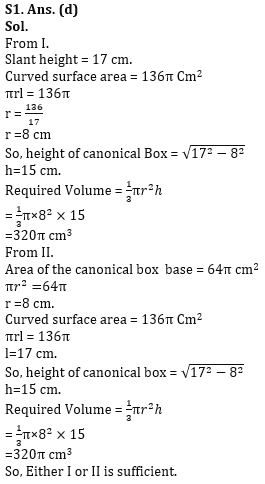
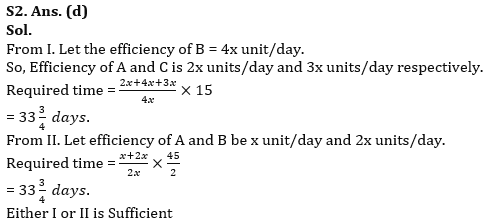
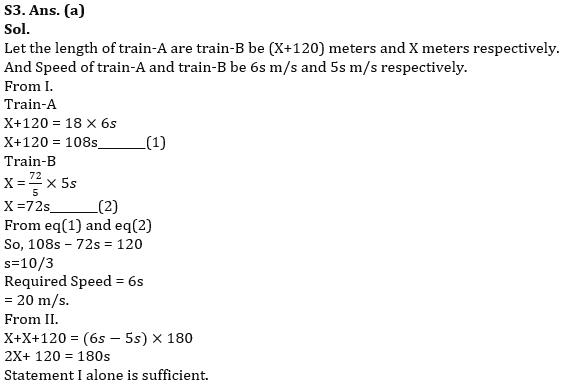
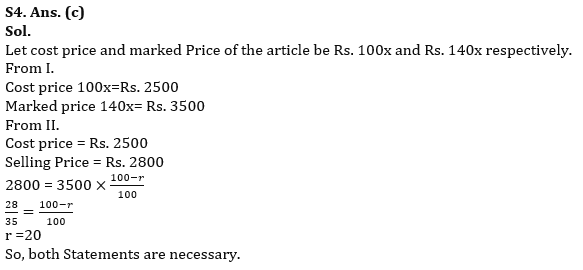
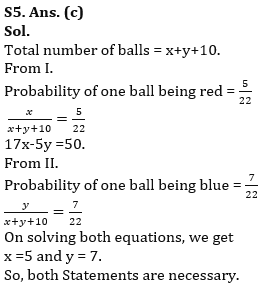


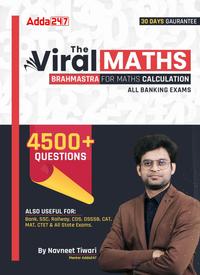


 General Awareness Quiz for Bank Mains Ex...
General Awareness Quiz for Bank Mains Ex...
 English Language Quiz For Bank Foundatio...
English Language Quiz For Bank Foundatio...
 Reasoning Quiz For Bank Foundation 2024 ...
Reasoning Quiz For Bank Foundation 2024 ...





